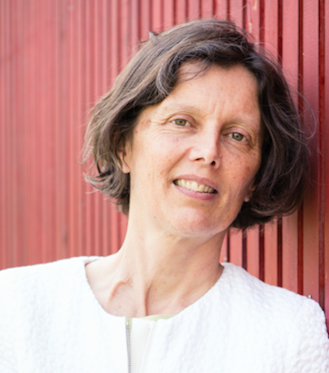Journal of Fluid Mechanics Webinar Series: Bérengère Dubrulle, SPEC

- Date
- Friday 22 May 2020, 4:00pm BST
- Location
- Zoom Webinar
- External URL
- https://www.cambridge.org/core/journals/journal-of-fluid-mechanics/fluid-mechanics-webinar-series
- Category
- JFM Webinar Series
The Leeds Institute for Fluid Dynamics is delighted to partner with the Department of Applied Mathematics and Theoretical Physics at the University of Cambridge, the UK Fluids Network, and the Journal of Fluid Mechanics to deliver a regular webinar series on fluids-related topics.
The next seminar will take place at 4:00pm BST on Friday 22nd May, 2020.
Speaker: Bérengère Dubrulle, SPEC, Université Paris-Saclay, CNRS, France
Date/Time: Friday 22nd May, 2020. 4:00pm BST/11am EDT
Title: On the nature of turbulent motions at small scale
Abstract: In 1949, Batchelor and Townsend speculated about the nature of small-scale turbulent motions on the basis of hot wire velocity measurements in the Cavendish wind tunnel. Their main conclusion was that the energy associated with small scales is intermittent in space and time and organised into strong discrete vortices. Since then, progress in computer power and image velocimetry has made it possible to investigate in more detail the nature and the properties of small scale turbulent motions, at scales of the order of or below the Kolmogorov scale.
For example, it is now well established that regions where the vorticity supersedes the strain (the so-called Q criterion) are indeed organised into small scale elongated coherent structures that may interact and reconnect iteratively, following a self-similar vortex reconnection cascade. Whether such process results in a near finite time singularity is currently an active subject of research, as such a quasi singularity may be linked with the observed constancy of the non-dimensional energy dissipation at large Reynolds number. If we take for granted that the small-scale structure of turbulent motions is very irregular, then specific tools must be built to analyse them. In this talk, I introduce and compare two scalar fields that encode the regularity properties of the small-scale motions: i) a pseudo-Holder exponent and ii) a local energy transfer. Finally, I show on numerical simulation and experimental data how these fields can be used to infer interesting information about the small-scale dynamics.
The webinar will take place on Zoom. Register for this event and the whole series here.
